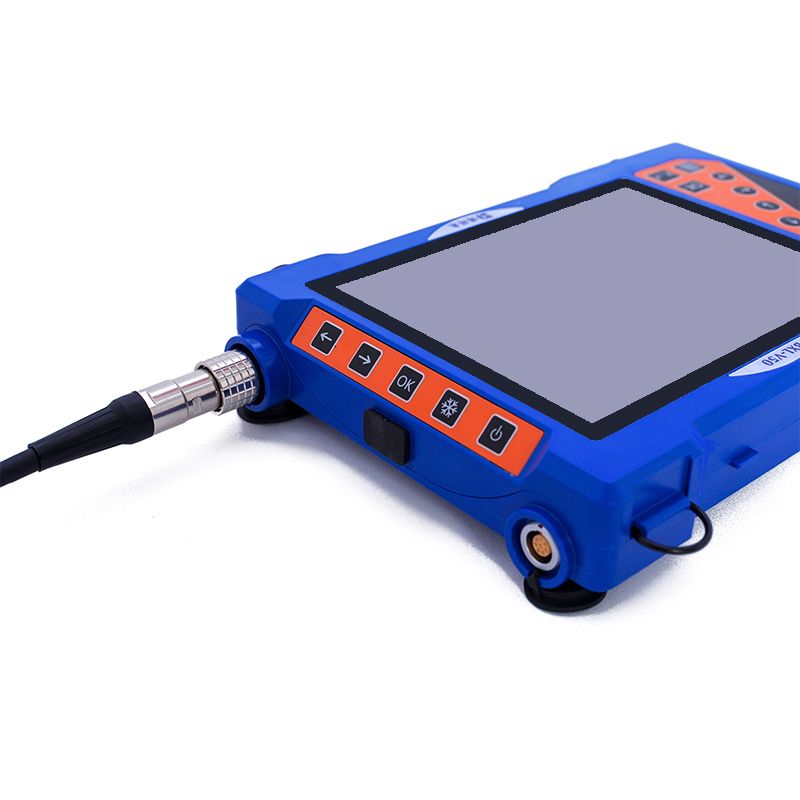How Veterinary ultrasound Elevates the Healthcare Experience
In modern veterinary medicine, advanced diagnostic tools play a crucial role in ensuring the well-being of animals. Among these tools, veterinary ultrasound stands out as a non-invasive, highly effective imaging technique that enhances diagnostic accuracy and overall healthcare outcomes. From early disease detection to improved treatment planning, ultrasound technology is revolutionizing the way veterinarians care for pets and livestock alike.

The Importance of Veterinary Ultrasound
Ultrasound has become an indispensable tool in veterinary diagnostics. Unlike traditional X-rays, which primarily capture bone structures, ultrasound provides detailed images of soft tissues, organs, and blood flow. This allows veterinarians to diagnose conditions such as tumors, cysts, pregnancy, and internal bleeding with greater precision.
Benefits of Veterinary Ultrasound
Non-Invasive and Safe: Unlike other imaging methods that use ionizing radiation, ultrasound is completely safe for animals, making it ideal for repeated use in monitoring chronic conditions.
Real-Time Imaging: Veterinary ultrasound provides instant results, enabling immediate assessments and faster decision-making in critical cases.
Early Disease Detection: By identifying health issues in their early stages, ultrasound helps veterinarians develop more effective treatment plans, potentially saving lives.
Guidance for Procedures: Ultrasound is commonly used to guide needle biopsies and fluid aspirations, reducing the need for exploratory surgeries and minimizing patient discomfort.
Enhanced Pregnancy Monitoring: In reproductive health, ultrasound allows for accurate pregnancy detection, fetal viability assessments, and monitoring of high-risk pregnancies in pets and livestock.
Applications in Veterinary Practice
Veterinary ultrasound is utilized across various fields, including:
Cardiology: Evaluating heart health, detecting congenital defects, and monitoring heart disease progression.
Abdominal Imaging: Diagnosing liver, kidney, and gastrointestinal disorders.
Reproductive Health: Confirming pregnancies and detecting reproductive abnormalities.
Musculoskeletal Assessments: Identifying tendon injuries and joint disorders in performance animals.
Emergency Medicine: Rapid assessment of trauma patients for internal injuries.
How Veterinary Ultrasound Improves Pet Owner Experience
For pet owners, veterinary ultrasound provides peace of mind through precise, non-invasive diagnostics. It reduces the need for costly and invasive procedures while offering immediate insights into their pet’s health. The ability to see real-time images also helps veterinarians communicate more effectively with pet owners, fostering trust and transparency in the treatment process.
The Future of Veterinary Ultrasound
As technology advances, veterinary ultrasound continues to improve with enhanced imaging resolution, portable devices, and AI-powered diagnostics. These innovations make ultrasound more accessible, allowing even small clinics to offer high-quality imaging services.
tags: Veterinary UltrasoundUltrasound


